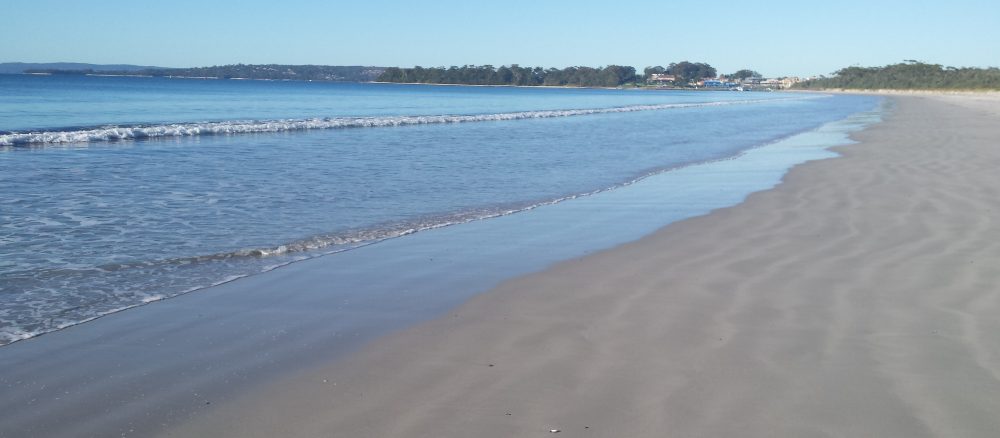What extraordinary times we are currently experiencing with the Covid-19 pandemic, which will undoubtedly go down in history as one of the significant events of modern times. Around the world people are being told by their governments of the need to make sacrifices in order to combat this Corona virus. To many, the imposed restrictions are seen as a virtual infringement on their personal liberties, impinging on individual rights, their lifestyle and for many their employment. In the main, these sacrifices have been borne well by the Australian community; a testament to our dichotomous culture of individualistic larrykinism and a communal spirit of “mateship.” The underlying acknowledgement of the need for a disciplined approach to this challenge, shown by the average citizen and the nation’s leaders appears to be making the sacrifices worthwhile.

Sapper Alfred Ernest Morrison
But today my mind also goes to other Aussie sacrifices as we prepare for a very different Anzac Day tomorrow. This day is important to a vast number of Australian (and or course New Zealanders) but it will be a very private Anzac Day this year while we are ‘social distancing.’ My private reflections will be of the sacrifices made by my own father, Alfred Ernest Morrison, in WW2.
At the age of 24, Alf was tall and athletic, a good all round sportsman. Sapper Morrison (NX300730) after enlisting in the 8th Division A.I.F. in June 1940, trained at Liverpool and Bathurst before sailing to Singapore with the 2/12 Field Company in August 1941. Not long after his arrival the Japanese attacked Pearl Harbour on 7 December 1941. This was closely followed by attacks on Malaya and Singapore leading to the Fall of Singapore on 15 February 1942 and his capture and internment as a prisoners of war (POW).
He returned home after the war in October 1945 and throughout his life he spoke very little of his wartime experiences, but the following accounts from various authors illustrate some of the sacrifices he and thousands of other made, for us.

Map of the Railway and the POW Camps (for 70th Anniversary of the Thai-Burma Railway, Australian Railway Museum, 2013)
Changi Gaol was home for thousands of Allied prisoners for three and half years except for external work parties. Various “Forces” were dispatched to Japan, Borneo, Thailand and Burma to provide ‘slave’ labour for the Japanese war effort. In April 1942 Alf was part of the 7,000 strong “F” Force (3,444 British and nearly 3,600 Australians) that left Changi to work on the notorious Thailand to Burma railway, proposed to facilitate the invasion of India. “F” Force was later described as being “nine months of hell” and suffered the highest percentage of deaths of any Force on the railway.
The railway was 415km (258m) long starting at Ban Pong in Thailand and finishing at Thanbyuzayat in Burma. Between 180,000 and 250,000 civilian labourers and about 61,000 Allied prisoners of war worked as forced (slave) labourers during its construction and about 90,000 civilian labourers and more than 12,000 Allied prisoners died.
(https://en.wikipedia.org/wiki/Burma_Railway)
“The work was so physically exhausting that some men died at work and were carried back to camp to be cremated. The work involved digging the cuttings, building the embankments and keeping the roads between camps open by cutting logs and laying them on the mud to make a ‘corduroy’ road.”
(Arneil, Stan, ‘One Man’s War’, Macmillan, Sydney, 1980, p.92)
When the remnants of “F” Force returned to Changi just prior to Christmas 1942, Arneil recalls that they were “… at the very end of our physical resources…” and that at Changi “We have at last fallen into a prisoners paradise…”
“All prisoners of the Japanese wherever they were starved to the brink of death and thus we were not shocked by emaciated bodies. … Even so, we were totally unprepared for the human wreckage which returned to Changi as the survivors of “F” Force. In the trucks sat slowing moving skeletons emaciated almost beyond belief, many with dreadful sores and peeling skin, some unable to move and others so light that a Changi prisoner had no difficulty in lifting them.”
(Wall, Don, “Heros of F Force”, 1993, p.140)
The survivors of “F” Force (like so many of those that have served our country) displayed the discipline and comradeship that has been an inspiration and a further example of the Anzac spirit. On the Thai-Burma railway:

Anzac Day March
“… The Australians concentrated solely on the business of living, almost ‘willing’ themselves to live.”
(Arneil, p.91)
On Anzac Day 2020, remembering the sacrifices that my father and others made for us, puts our current predicament into some sort of perspective. Of course the Covid-19 pandemic brings some loss of lives, hardships and sacrifices to the high standard of living. However the example of the sacrifices made by our parents and grandparent has surely made it possible for us to endure this current situation and look forward positively to the future.




